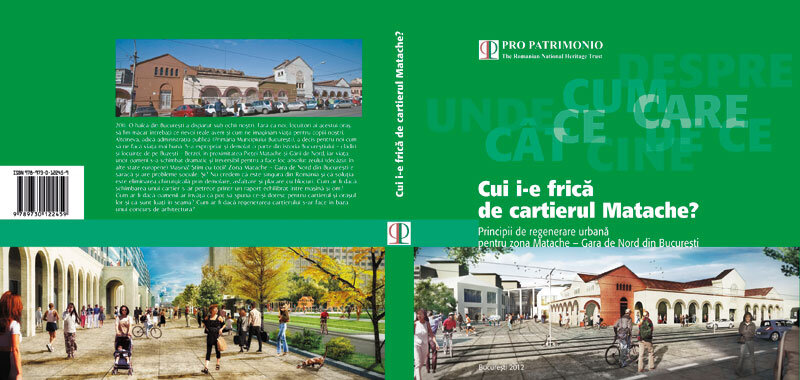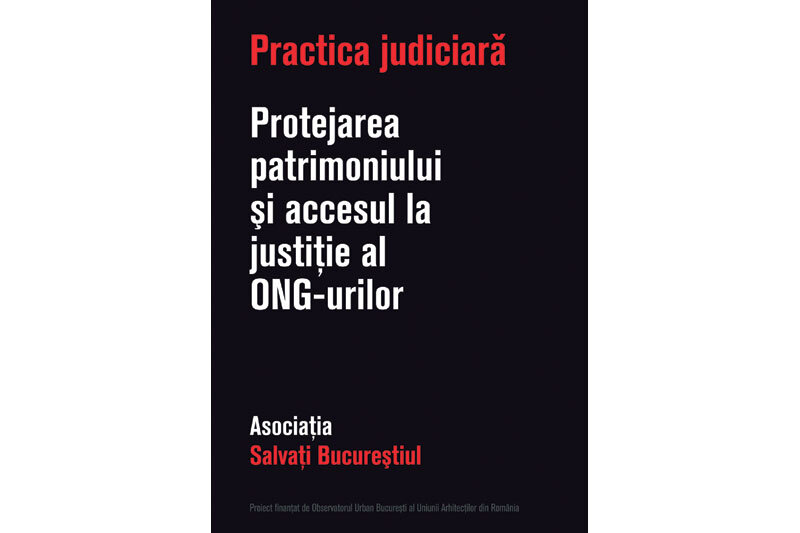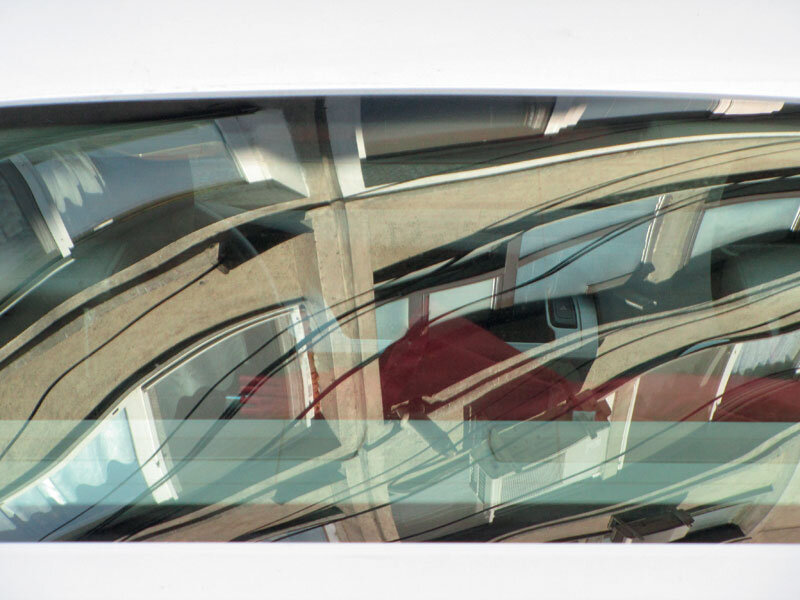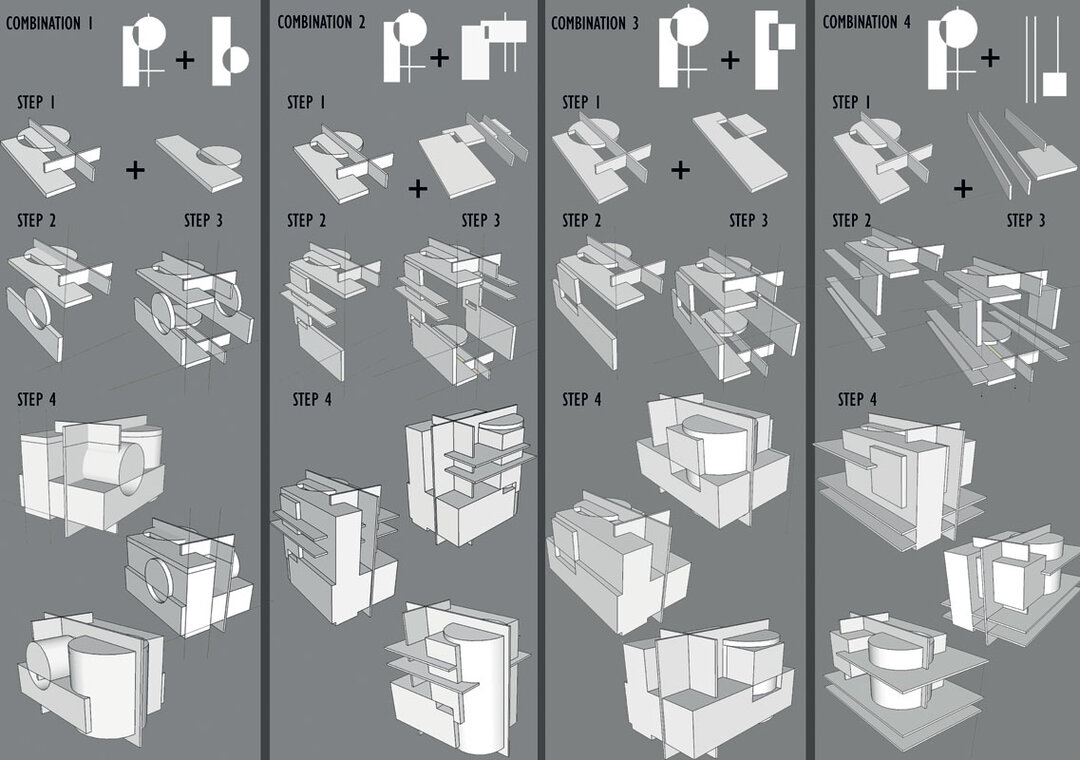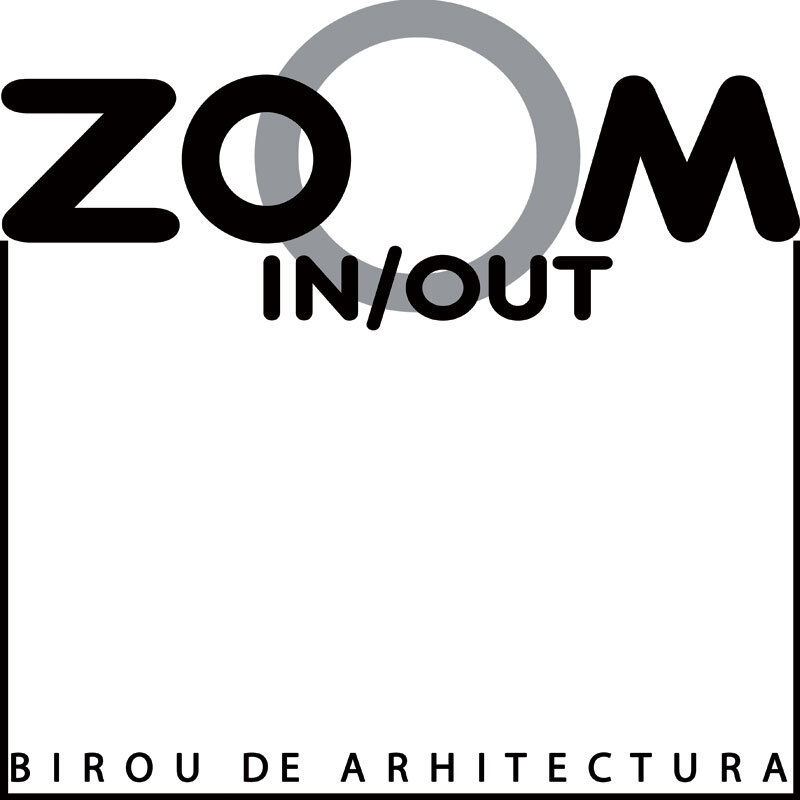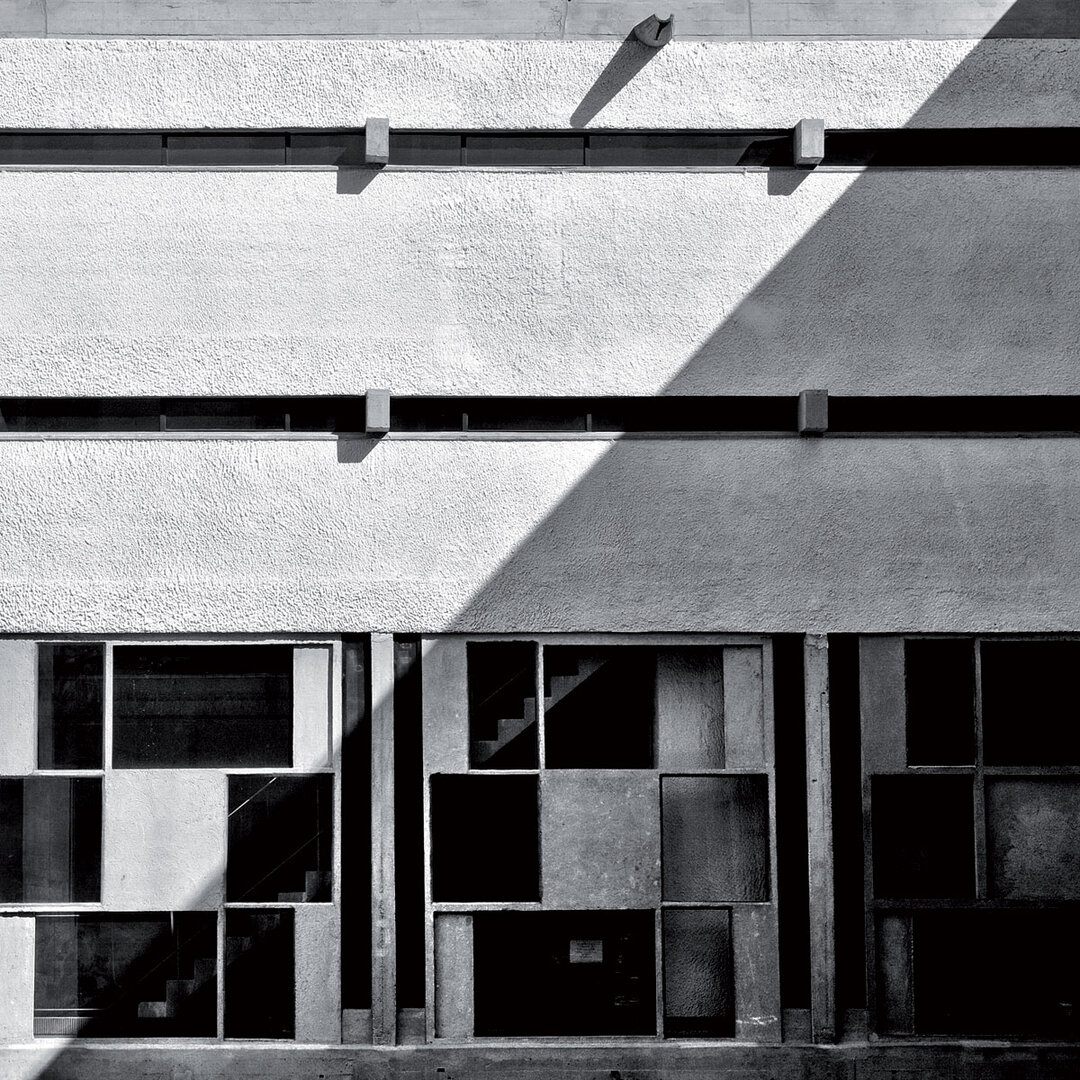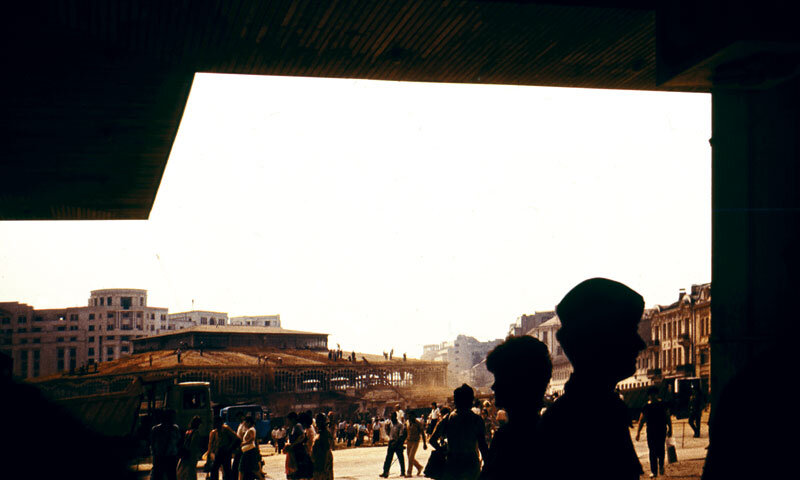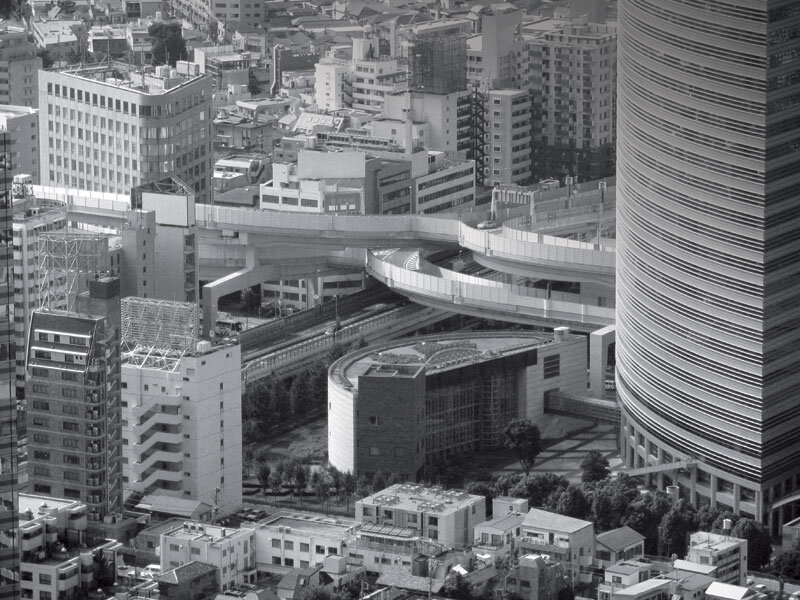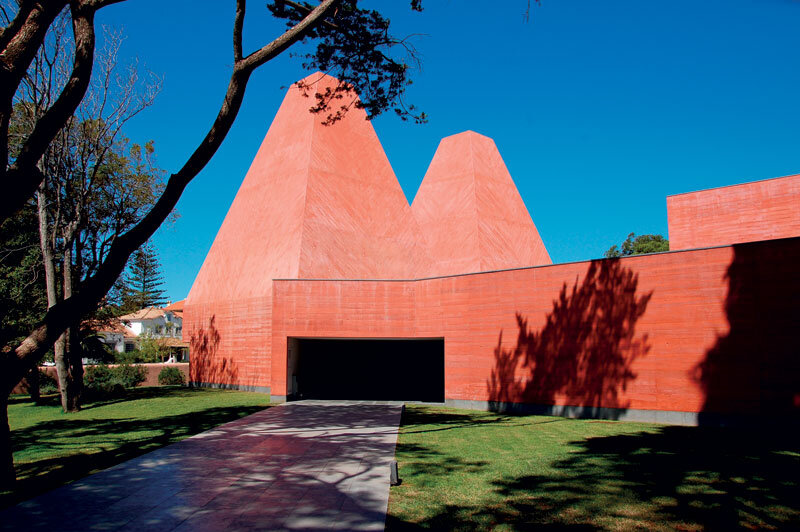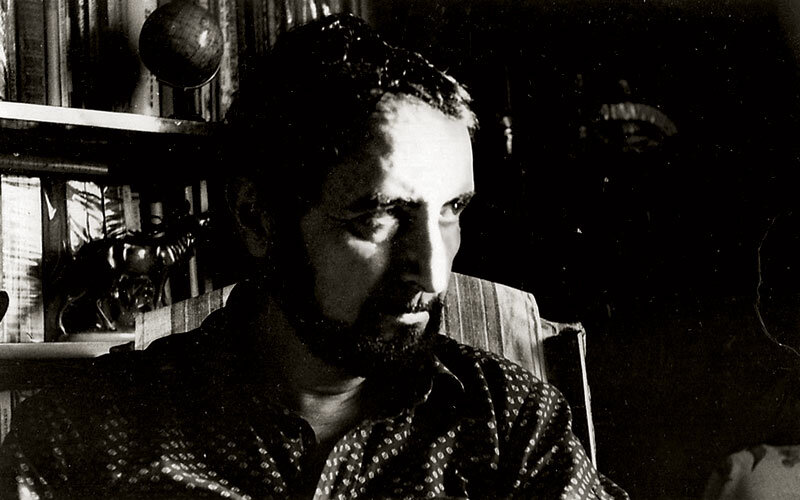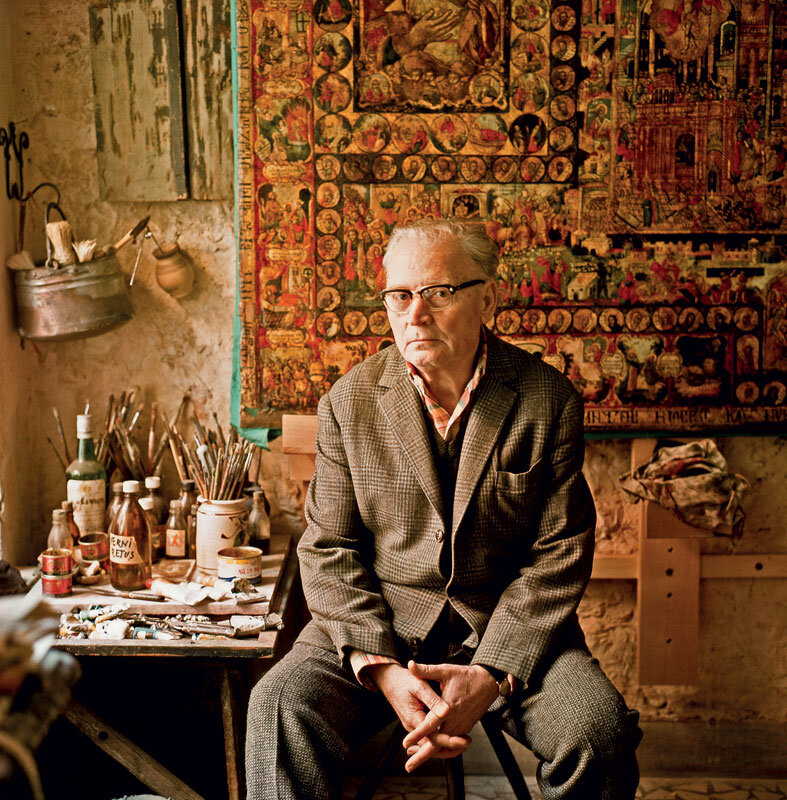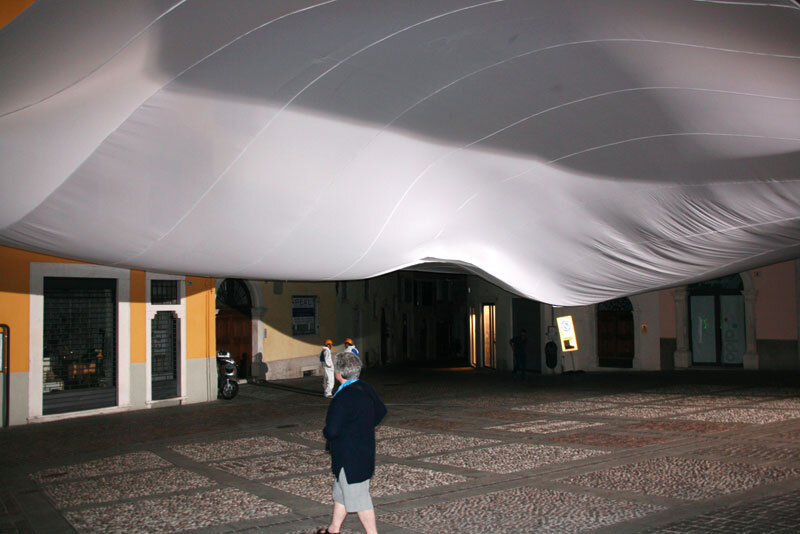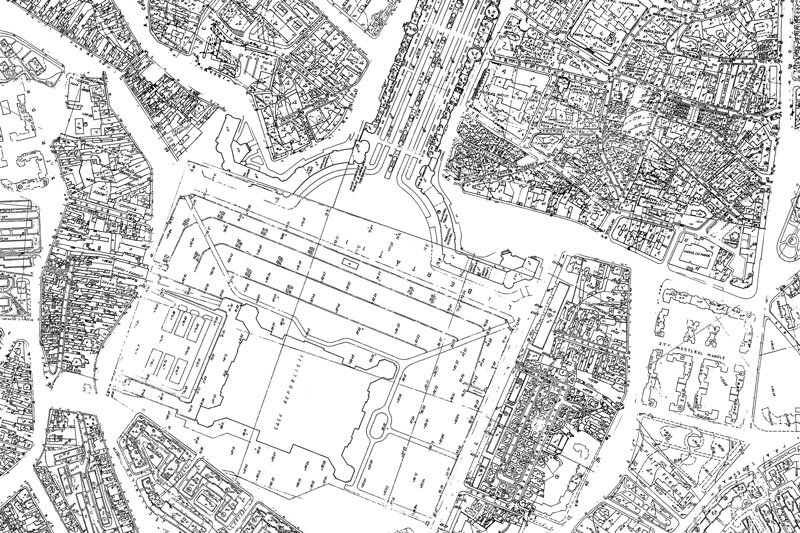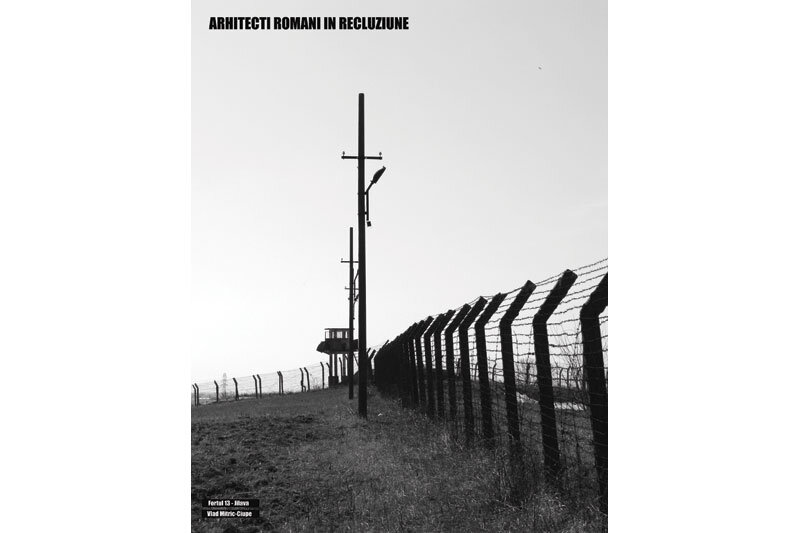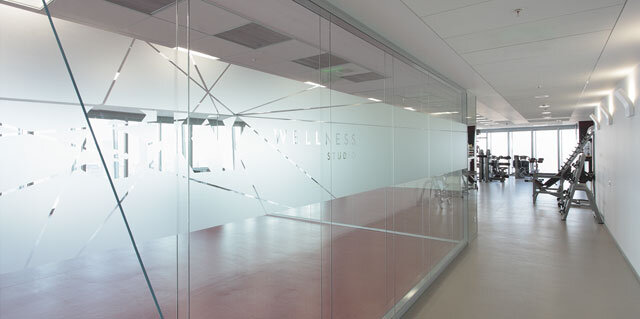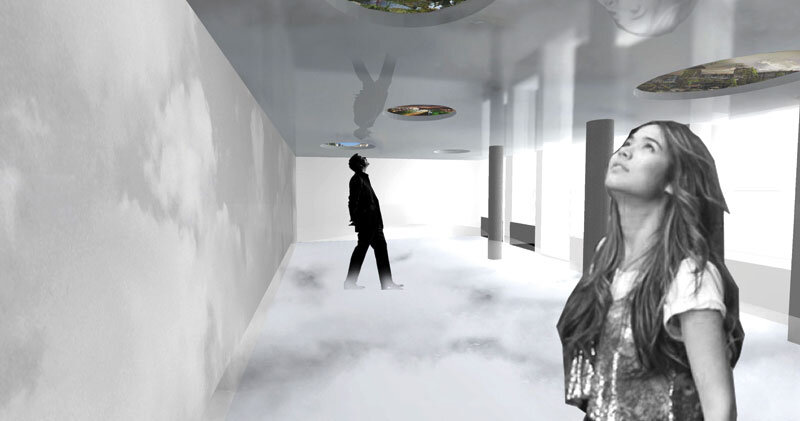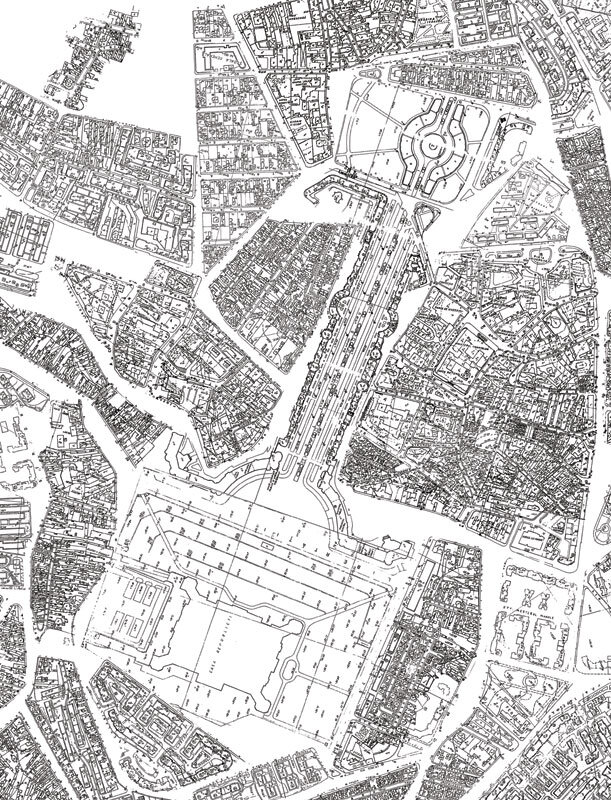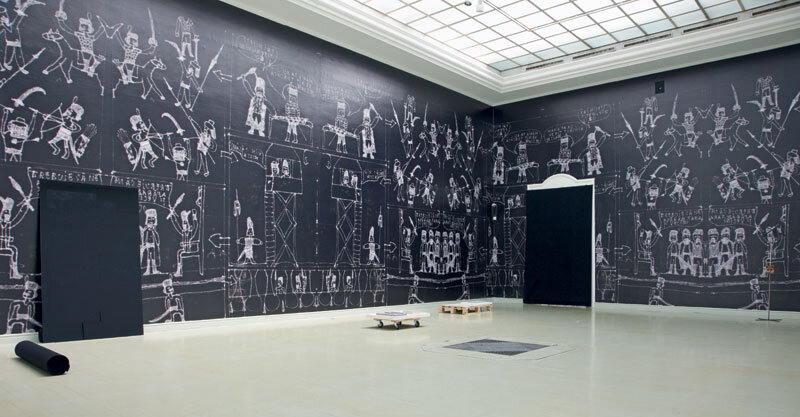
Situationist Bucharest. "We are bored in the city, there is no more Temple of the Sun"
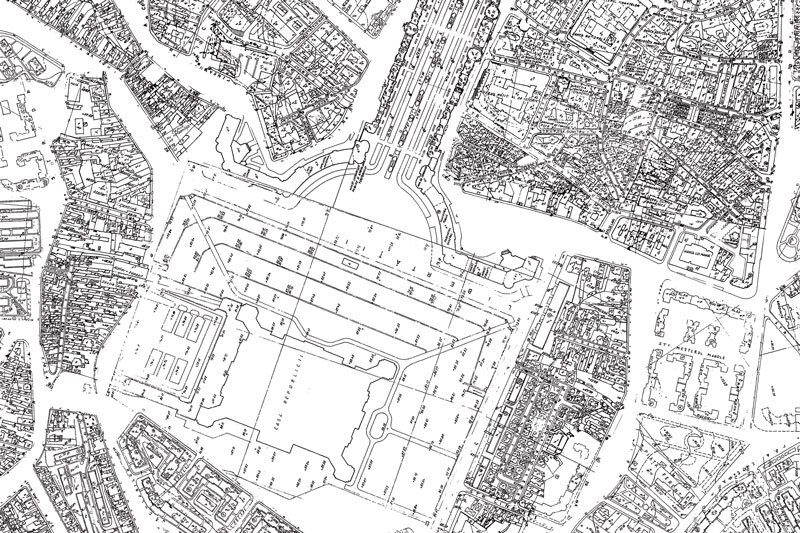
SITUATIONIST BUCHAREST,
"We are bored in the city, there is no longer any Temple of the Sun"1
| I am a stranger to this city. I know it only through intermittent glimpses that never last longer than the interval between dawn and dusk. Like any tourist, I resonate with its rhythms rather through the impressions and feelings it conveys. |
| I do not claim to have an exhaustive knowledge of its history or its inhabitants. Since all my forays into this realm are motivated by business meetings that never take up more than two hours of my day, I am left with ten hours in which I can "articulate time with space"2. Like any respectable situationist, I wander around the city, trying to better understand this foreign and complex machine. For me - coming from a culture that is by nature remote in every sense from the capital - Bucharest exerts a strange attraction, a mixture of curiosity and fear, that urges you either to explore or to seek the shelter of more familiar ground.On my latest foray, wandering around with a good friend, a local historian who is always kind enough to humor me and enlighten me about the city's heritage, I was overcome by the eerie feeling that I was actually walking through a huge constructed situationalist dystopia. Wandering through its various neighborhoods and atmospheres, I perceived this wandering as a rereading of Ivan Chtcheglov's 1953 Situationist manifesto, "Formulas for a New Urbanism." "All cities are geological. You can't take three steps without encountering ghosts bearing all the prestige of its legends. We move in an enclosed landscape whose landmarks are always pulling us into the past. Certain shifting angles, certain perspectives that are de-shifting allow us to glimpse original conceptions of space, but this view remains fragmentary. It has to be sought in the enchanted places of fairy tales and surrealist writings: castles, endless walls, small, forgotten bars, huge caves, casino mirrors."3 |
| Read the full text in Arhitectura 3/2012. |
| NOTES:1. Ivan Chtcheglov, "Formulary for a New Urbanism", in The Situationists and the City, London, 2009 Verso Books, ed. Tom McDonough, first published in Internationale Situationiste no. 1 (June 1958) 2. Ivan Chtcheglov, op. cit. Chtcheglov defines architectural experience as an articulation of time and space. 3. Ivan Chtcheglov, op. cit. |
| I am a stranger to this city. I know it only through periodical glimpses, which never last more the fraction of time that usually spans dawn and dusk. Like any other tourist, I resonate with its rhythms mainly through the impressions and emotions it conveys. |
| I do not pretend to actually have any exhaustive knowledge of its history or its people. Since almost all of my incursions into this realm are motivated by business meetings that never take up more than two hours of my day, I am left with another ten in which I can "articulate time and space"2. So, like any self-respecting situationist, I drift aimlessly through the city, trying better to understand this foreign and complex machine. For me, coming from a culture that is by nature far from the capital in every sense, Bucharest exerts a strange attraction, a combination of curiosity and fear, which either stimulates one's need to explore or to take shelter and retreat back onto more familiar ground.Lately, as I was drifting around with a good friend of mine, a local historian, who is always kind enough to indulge me for a few hours and enlighten me on the heritage of the city, I was somehow transfixed by this strange feeling that I was actually walking in a built situationist dystopia. Wandering through its different quarters and atmospheres I perceived this as a rereading of Ivan Chtcheglov's 1953 situationist manifesto, "Formulary for a New Urbanism". "All cities are geological. You can't take three steps without encountering ghosts bearing all the prestige of their legends. We move within a closed landscape whose land-marks constantly draw us toward the past. Certain shifting angles, certain receding perspectives, allow us to glimpse original conceptions of space, but this vision remains fragmentary. It must be sought in the magical locales of fairy tales and surrealist writings: castles, endless walls, little forgotten bars, mammoth caverns, casino mirrors."3 |
| Read the full text in the print magazine. |
| NOTES:1. Ivan Chtcheglov, "Formulary for a New Urbanism" in The Situationists and the City, London, 2009 Verso Books, edited by Tom McDonough, first published in Internationale situationiste no. 1 (June 1958). 2. Ivan Chtcheglov, op.cit. Chtcheglov defines the experience of architecture as an articulation of time and space. 3. Ivan Chtcheglov, op.cit. |

